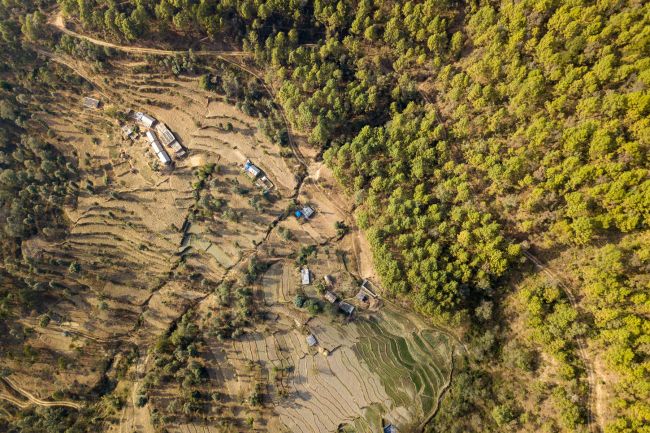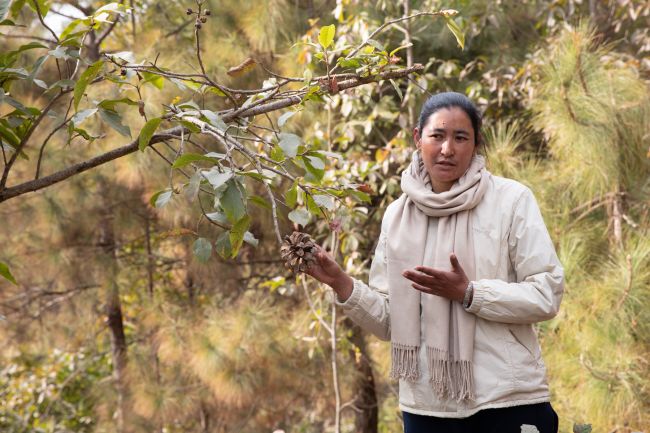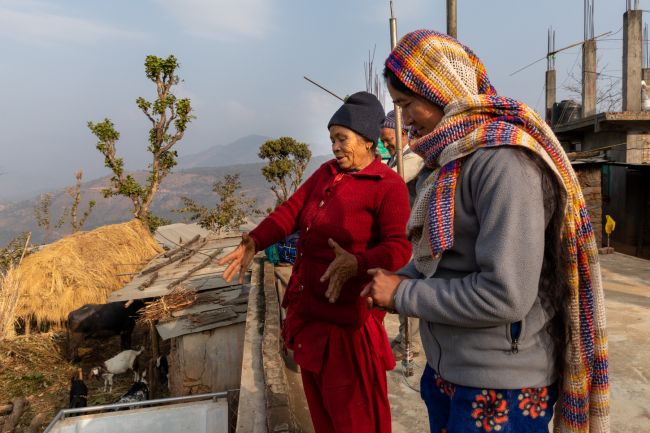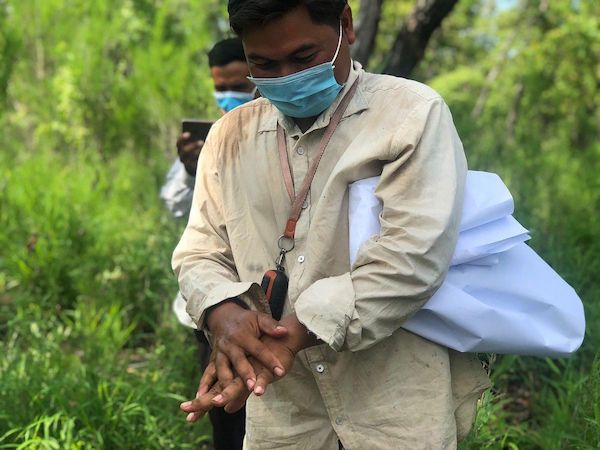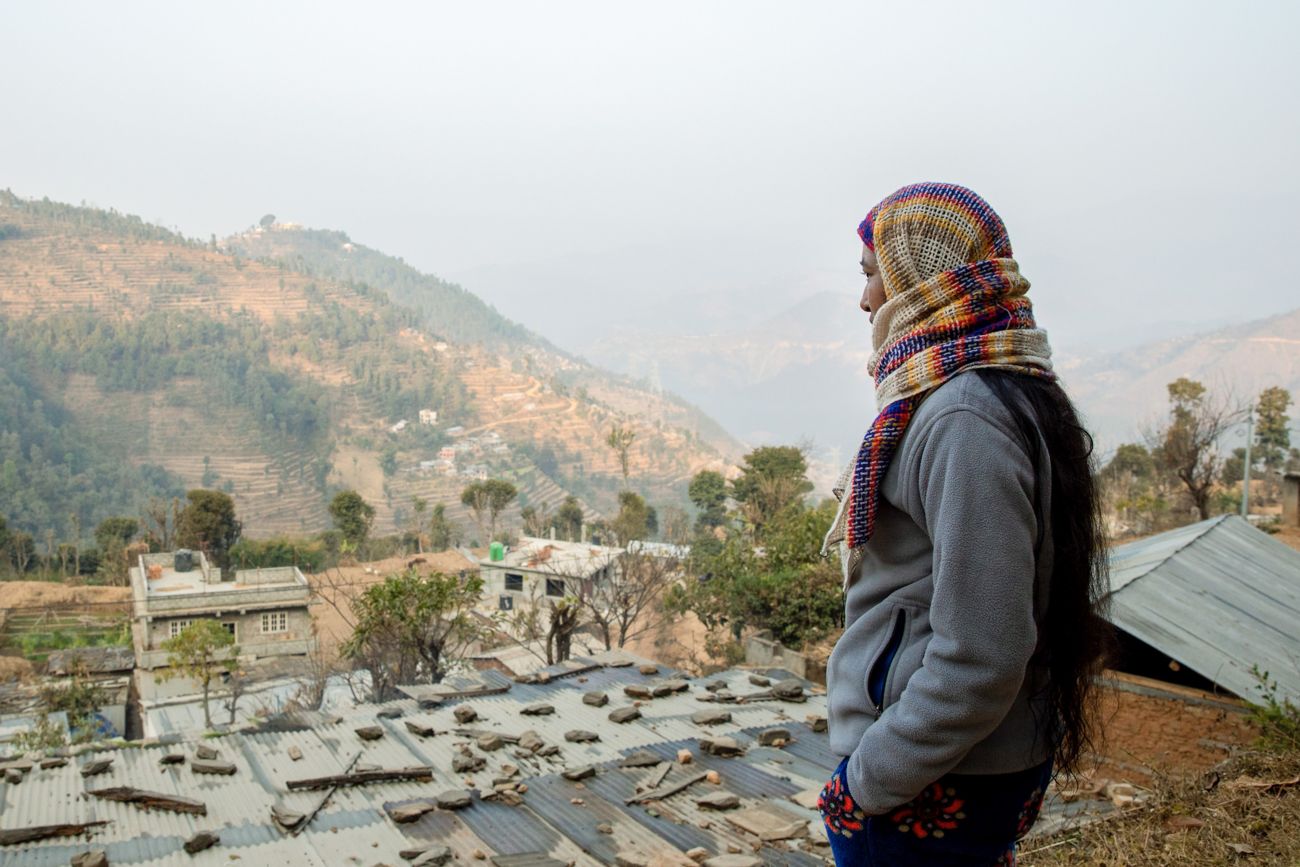
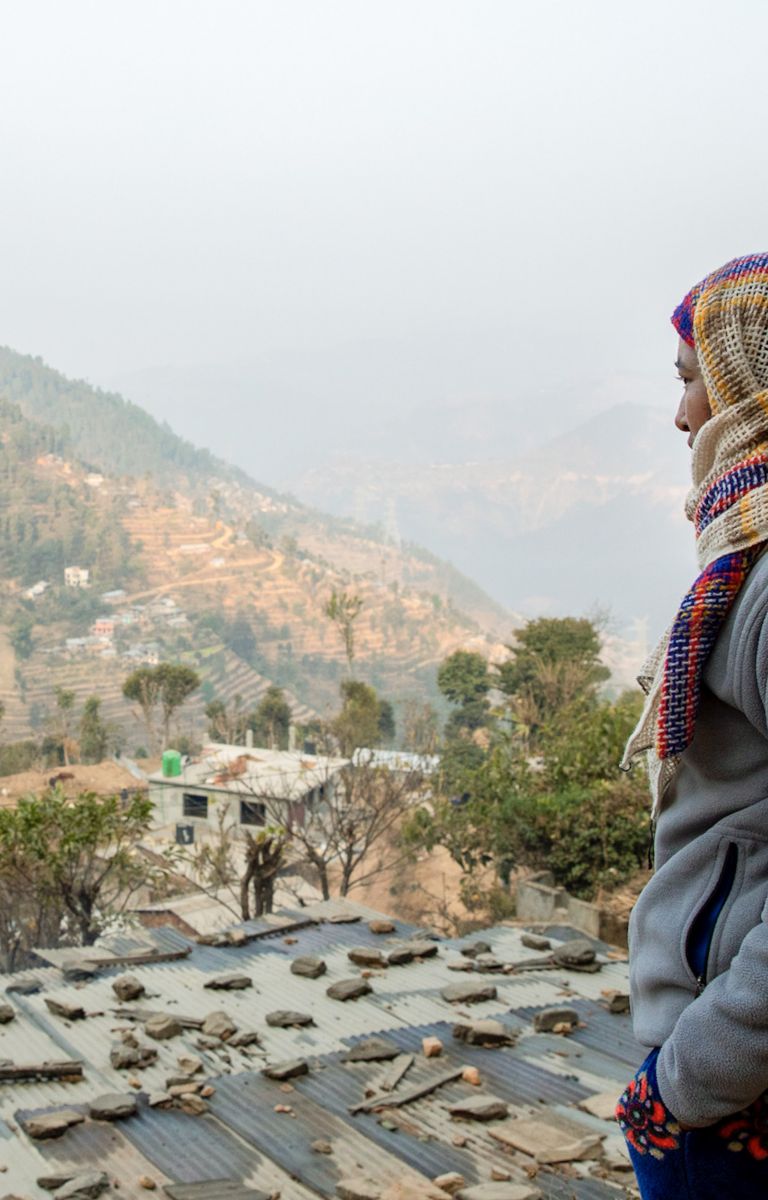
Daya Laxmi Shrestha was head of the Shreechhap Deurali Community Forest in Sindhupalchowk District when COVID-19 began spreading in Nepal. She and her colleagues swung into action.
Working closely with the local government and community forest user group, they set up quarantine centres and went door to door informing households on how to stay safe during the pandemic. They implemented social distancing protocols for their community forest meetings and activities.
“We worked wholeheartedly for the community,” says Shrestha. “Our community forest also contributed to the disaster management trust, which provided food to poor households that were having a tough time feeding themselves.”
Click any image to enter media gallery
Across the seven countries surveyed, many other people also spoke of how community forestry had strengthened their knowledge, skills and networks in ways that enabled them to respond effectively to the crisis. The survey findings reinforce that when a crisis strikes, strong leadership, sound knowledge and people power can make the difference between tragedy and resilience.
Protecting health, forests and livelihoods
Many other community forests included in the research also helped their members and wider populations face the immediate health threats of COVID-19. Community forest members shared accurate information about the virus. They encouraged compliance with public health advice and government restrictions. And they distributed hand sanitizer, face masks and other supplies provided by external partners, government agencies or the community forest user group. Community forest committees in the Lao PDR, Thailand and Viet Nam staffed checkpoints to help enforce travel restrictions and health-screening requirements.
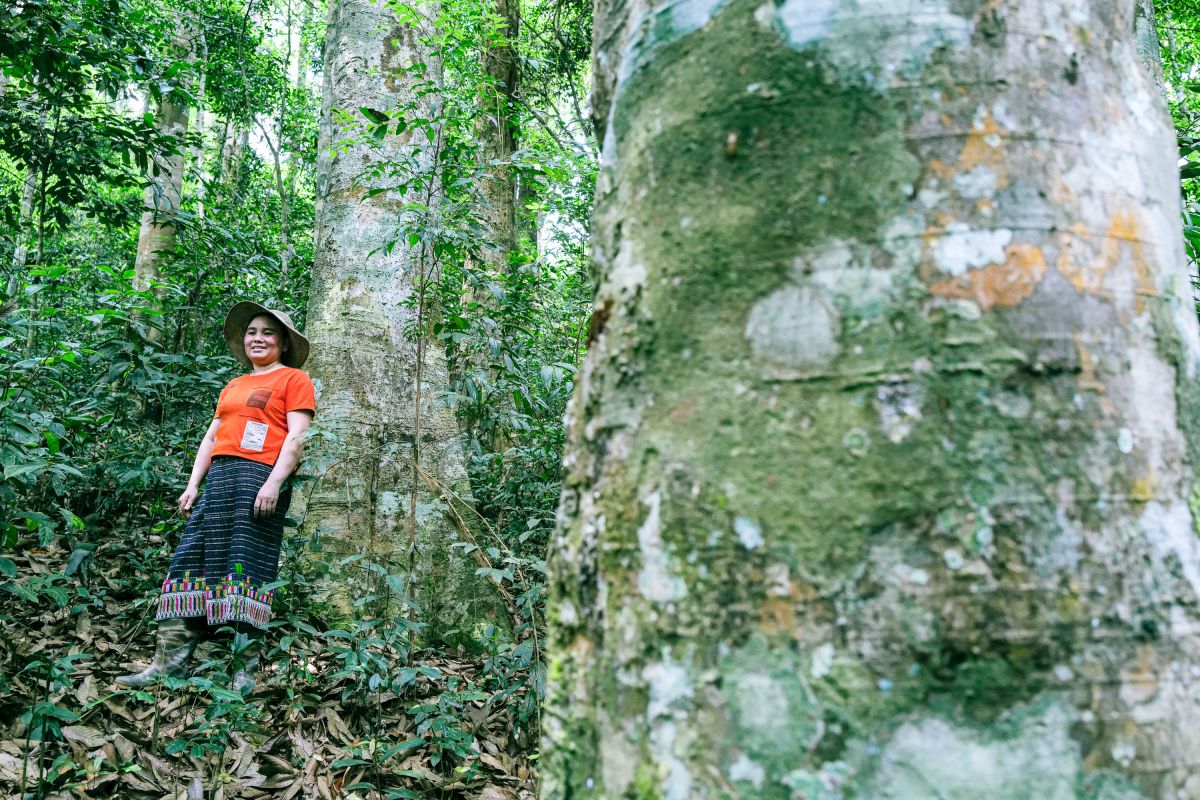
“Community forest leaders communicated often with local people about the COVID-19 pandemic,” says Lo Thi Hien, head of the Women’s Association in Muong Phu, Viet Nam. “As a result, the community followed the government’s instructions.”
In all the communities RECOFTC surveyed, most people quickly adopted preventive measures, such as wearing masks, washing hands and social distancing. These actions contributed to there being no recorded cases of COVID-19 in any of the 14 communities studied, prior to the RECOFTC survey in December 2020 and January 2021.
“Community forest committees and users drew on their knowledge and skills in a time of need,” says RECOFTC Executive Director David Ganz. “In doing so, they helped people to stay safe, healthy and capable of doing the work of producing food, caring for children and so on.”
Beyond responding to the immediate threat to health, community forest committees continued their regular activities. This included regulating access to forest resources, resolving conflicts, managing funds and organizing patrols to protect forests from illegal harvesting, poaching or encroachment. These activities helped to ensure that local people could continue to use forest resources and, in some cases, access financial support (see Chapter 2 and Chapter 3).
“Our community forest institution kept us connected to the local authority and the Forestry Administration during the pandemic for up-to-date information and support for protecting and harvesting the forest as usual,” says Ton Mean, head of the Samaky Trapang Totim Community Forest in Cambodia’s Preah Vihear Province.
Knowledge and skills
“Community forests were able to respond to the crisis in part because they generate and sustain useful knowledge, skills and networks,” says RECOFTC Senior Strategic Advisor Ronnakorn Triraganon. “The committees and other groups that manage community forests have become adept at communication, coordination, leadership, facilitation, conflict resolution and participatory decision-making. When COVID-19 arrived in their countries, many community forest committees used their knowledge and contacts to coordinate with the local government and obtain external support. They managed access to forest resources and distributed aid fairly to those in need.”
For example, through its strong relationships with the Forest Department and organizations such as True Friends, Results for Development and RECOFTC, the community forest user group of Heinze Village in Myanmar received face masks, hand sanitizer, COVID-19 awareness posters and equipment, such as jungle boots and sleeping bags to support forest patrolling. Being able to count on partners beyond the forest was crucial in Nepal too.
“My team in the community forest is very capable and empowered,” says Shrestha, of the Shreechhap Deurali Community Forest in Nepal. “We associate with other different organizations to learn new knowledge and skills. We have good coordination with the local government, political leaders and other stakeholders, and they are very vibrant and active. It is very easy for us to coordinate and support the needy ones with different discussions and dialogue programs.”
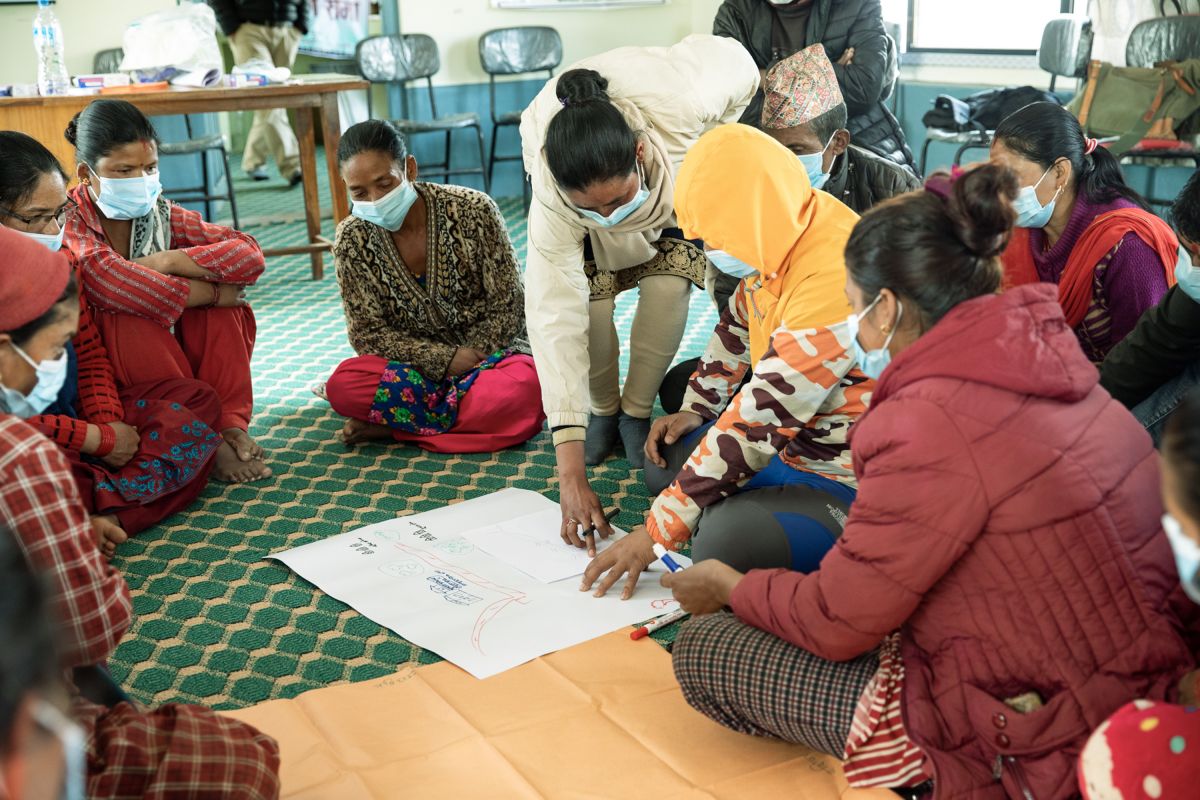
The knowledge and skills of the community forest members also boosted people’s resilience. By participating in community forestry, members gain skills in forest product harvesting, forest protection and regeneration, agroforestry, vegetable farming and beekeeping. Some of this knowledge comes from experience and lessons that peers and elders pass on. By being part of a formal community forest, members also receive training from non-governmental organizations and government agencies.
In Viet Nam, for example, commune officials and forest rangers train members of the Muong Phu Community Forest two or three times a year to implement policies on forest protection and development, the harvest of non-timber forest products and prevent forest fires.
“Thanks to training courses, community forest members acknowledge the significance of the community forest and know how to protect the forest,” says Lo, of Muong Phu Village in Viet Nam. “Even when people have lower income than before COVID-19, they do not violate the forest.”
Gaps to fill
Despite the positive findings on human and social assets, the surveys also revealed that not all community forests have such experiences. Some lack networks and external sources of support. Others have received little or no training.
Members of social forestry business groups who grow coffee in Tambagguruyung, Indonesia reported, for example, that they received instruction not to cut trees but no training on forest management or other forms of income generation. This community also had to fire its NGO extension worker due to the person’s inactivity. They need help diversifying their incomes away from dependence on coffee production but have had no livelihood support.
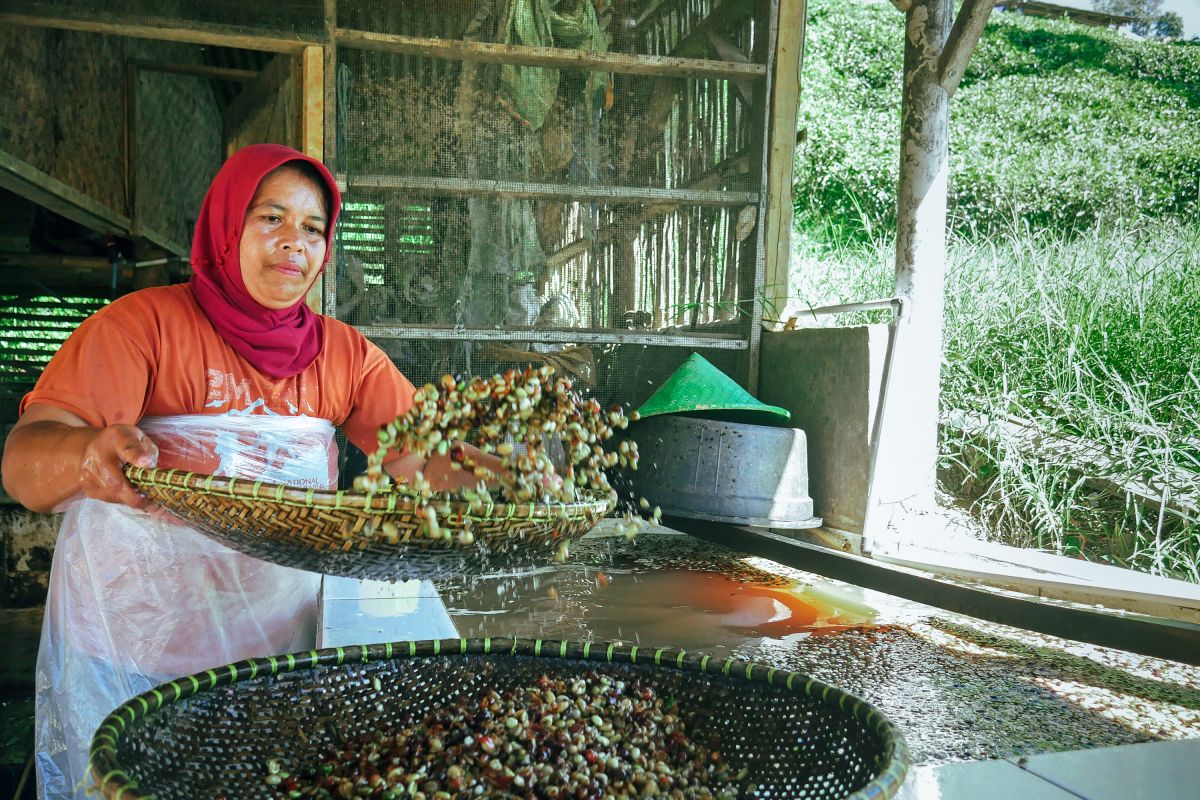
Some communities voiced concern about the effectiveness of their community forest leaders. They spoke about poor leadership, a lack of financial transparency, unequal treatment of community forest members, poor communication, inadequate capacity to monitor community forestry activities and poor networking and internal governance.
“The communities we surveyed indicated that the levels of capacity, commitment and organization of their community forest committees have been key to both the long-term management of their forests and the response to COVID-19,” says RECOFTC Voices for Mekong Forests Project Coordinator Robin aus der Beek. “Beneficial traits that communities mentioned included trustworthiness, transparency, ability to coordinate with external actors and ability to facilitate participatory processes. In relation to the pandemic specifically, communities highlighted the capacity of effective community forest committees to access information, coordinate with local authorities and seek and distribute aid from external organizations.”
Shrestha in Nepal says there is a common understanding among her team members that community forestry institutions have an important role in reducing the impacts of disasters.
“With our leadership, we feel we should join hand in hand and take everyone at the same pace,” she says.

